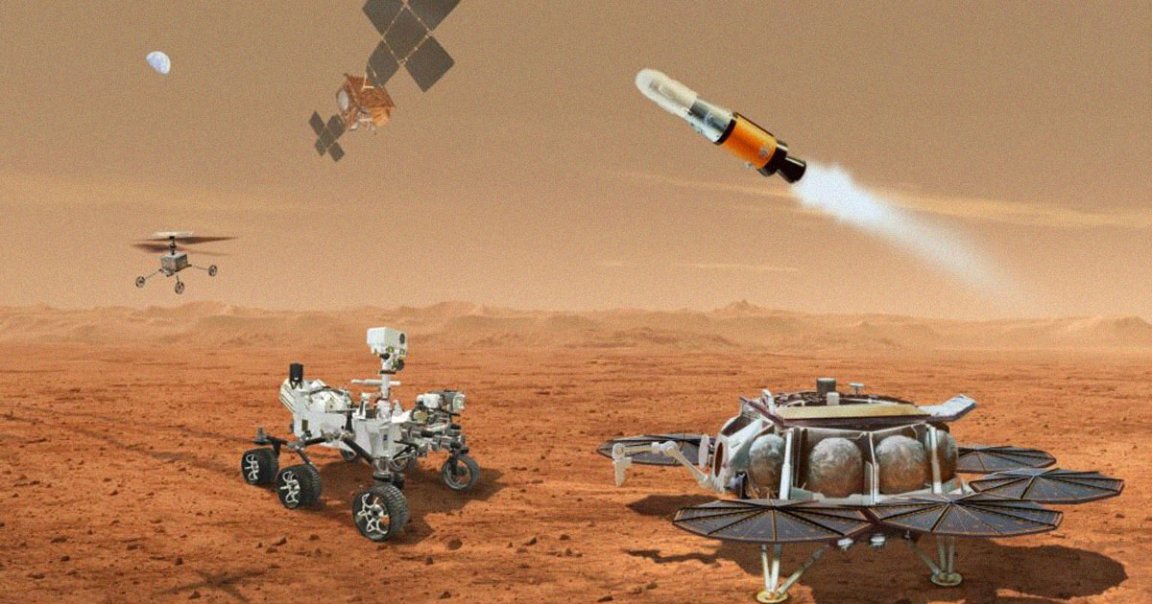
Throw Rocks
The costs associated with NASA’s ambitious Mars Sample Return mission keep growing and growing by the billions, alarming officials.
Insider sources told Ars Technica that leaders from NASA and its Jet Propulsion Laboratory revealed during a meeting last week that the estimated costs of the operation, which previously were set at around $4.4 billion, had doubled to between $8 and $9 billion.
Those billions, as JPL program manager Richard Cook and NASA mission director Jeff Gramling reportedly told the agency’s leaders, would only account for testing and building the sample return portion and would not include launch, operating, or construction costs for a new receiving facility on Earth.
Adding that in, the price tag would balloon to about $10 billion.
Split up year-by-year, that’d make the mission even more expensive than the already ludicrously expensive James Webb Space Telescope, according to the report.
“This was the thing that gave me sleepless nights toward the end of my tenure at NASA and even after I left,” former chief of NASA’s science programs Thomas Zurbuchen, who left the agency at the end of 2022, told Ars at the time. “I think there’s a crisis going on.”
Line Goes Up
As the American Institute of Physics noted in a news release about the Mars Sample Return mission earlier this year, lawmakers were already balking at the gargantuan costs of the pursuit.
During a March town hall, Gramling said that there are a number of factors behind the mission’s swelling costs.
“We’re seeing growth in long-lead times, which means we’re having to execute contracts earlier,” the mission director said. “We’re seeing differences coming back in cost beyond what we’ve experienced in the past or beyond what our in-house estimates suggest they should cost. And our supplier base is contracted.”
“And of course,” he added, “on top of that there’s also inflation.”
To be fair, the MSR has been considered a top priority not just by NASA but by the greater scientific community as well, as evidenced by the results of the National Academies’ planetary science decadal survey.
Now, experts are worried that the mission could turn into the next James Webb Space Telescope for NASA, a project that was infamously mired in budget overruns and over a decade’s worth of delays.
“It’s the same scope as Webb in terms of cost but a much, much narrower scope in terms of science,” Paul Byrne, a planetary scientist at Washington University, told Ars. “That’s really problematic.”
More on Mars: Scientists Detect Radioactive Heat Source Inside Mars